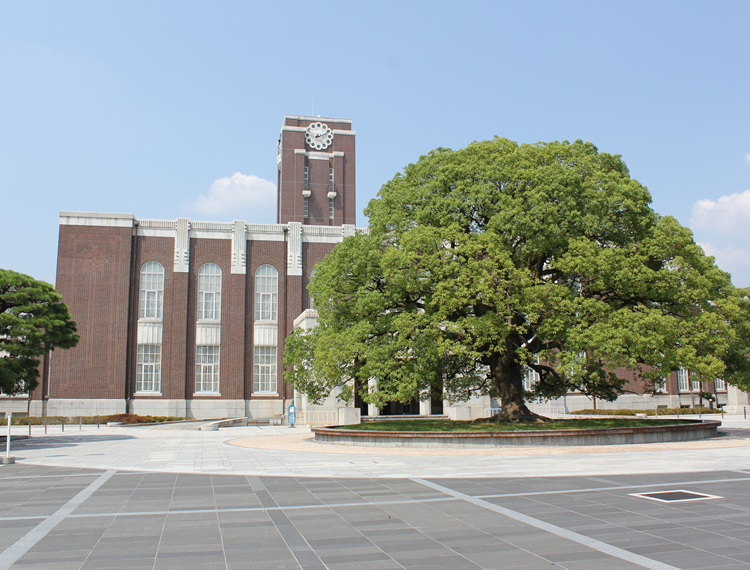Chairpersons: Akiyasu YAMAMOTO and Valeria BRACCINI
A3-K30-001 Keynote
Vortex Pinning in iron based superconductors
Kees VAN DER BEEK
Jc and Hc2 in IBS look very interesting but way lower than in HTS (in particular in YBCO): the phase 1111 is the better performing in this respect. Flux pinning mechanisms look similar in all IBS, and have been extensively studied and presented in this talk.
Pinning centers can be nm-size inclusions, dislocations or Fe vacancies (in particular in FeSe single crystals, see very recent work by Sprau et al., 357 (2017) 65).
Jc vs field has been extensively investigated, and presents a similar behaviour in various materials. After a plateau where Jc is constant, it decreases proportionally to B^-0.5, then again it smoothest down. At low field it is predominant the contribution from big grains, isolated vortices (strong pinning on a nm scale), at intermediate fields we have collective pinning due to charged dopants / vacancies.
The depairing current density has been investigated: it presents a dome as a function of the doping, as it happens for the Tc vs x.
Vortex pinning has been correlated to the behaviour of .
The multiple band character of superconductivity has a strong influence on Jc and on its anisotropy, which in particular in the ab direction is strongly related to the anisotropy of .
A3-I30-003 Invited
Arsenic Chemistry of Iron-based Superconductors and Strategy for New Superconducting Materials
Minoru NOHARA
Prof. Nohara reported the progress of iron-based superconducting materials with the emphasis on the valence states and chemical bonds of arsenic. They demonstrated that in the novel 112-type CaFeAs2, monovalent arsenic produced As zigzag chains of CaAs intermediary layers, while trivalent arsenic produced FeAs layers. The superconducting transition temperature of this materials was enhanced up to 47 K when La and Sb were simultaneously substituted for Ca and As, respectively. Sb is preferably substituted for the As of the zigzag chains. On the other hand, in the 10-4-8-type Ca10(Pt4As8)(Fe2−xPtxAs2)5 with the highest Tc of 38 K, he emphasized that divalent arsenic produced As2 dimers in Pt4As8 layers. Finally, he discussed the structural phase transition in 122-type CaFe2As2 that is characterized by the formation of As2 dimers between the adjacent FeAs layers, which resulted in the loss of magnetism and disappearance of superconductivity. This transition can be viewed as an As2-/As3- valence transition.
A3-I30-002 Invited
Doping dependent critical current properties in K, Co, and P-doped BaFe2As2 single crystals
Hiroshi EISAKI
Dr. Eisaki reported the in-plane critical current density (Jc) of BaFe2As2-based superconductors, Ba1-xKxFe2As2 (K-Ba122), Ba(Fe1-xCox)2As2 (Co-Ba122), and BaFe2(As1-xPx)2 (P-Ba122) in a wide range of doping concentration (x) by means of magnetization hysteresis loop (MHL) measurements on single crystal samples. Depending on the dopant elements and their concentration, Jc exhibits a variety of magnetic-field (H)- and temperature (T)- dependences. In the case of K-Ba122, the MHL of the under-doped samples (x < 0.33) exhibits the second magnetization peak (SMP), which sustains high Jc at high H and high T, exceeding 105 A/cm2 at T = 25 K and μ0H = 6 T for x = 0.30. On the other hand, the SMP is missing in the optimally- (x ~ 0.36-0.40) and overdoped (x ~ 0.50) samples, and consequently Jc rapidly decreases by more than one order of magnitude, although the change in Tc is within a few K. He pointed out that the T-dependent Jc indicates that the two pinning mechanisms, namely, the spatial variations in Tc (referred to as delta-Tc pinning) and the fluctuations in the mean free path (delta-l pinning), are enhanced for the under-doped samples, which results in the enhancement of Jc. Possible origins for the different pinning mechanism are discussed in connection with the x-dependence of Tc, the residual resistivity, AFO domain boundaries, a possible quantum critical point, etc.
A3-K30-004 Invited
Pressure Effects of FeSe by Novel DAC using metallic Diamond Electrodes
Yoshihiko TAKANO
A deep work published very recently (Matsumoto et al., JJAP 56 (2017)) has been presented, regarding the pressure effects induced in FeSe single crystals by a novel Diamond Anvil Cell.
Superconducting properties of many different materials under high pressure have recently received great attention, especially after the discovery with great surprise of superconductivity in H2S at ∼200 K under 150 GPa which was reported by resistivity measurements using a diamond anvil cell (DAC) in 2015. In fact, if one can measure the resistivity under extremely higher pressure above 300 GPa, superconductivity at room temperature in light elements such as hydrogen would be observed.
The resistivity measurement though is difficult because the sample space is very small (<100 μm) and the electrodes are deformed by compression. A novel diamond anvil cell specialized for resistivity measurements under high pressure has been developed at NIMS, Tsukuba. Once metallic diamond is heavily boron-doped, it shows metallicity and superconductivity at low temperature. Boron-doped metallic diamond electrodes were deposited onto a diamond anvil using a electron beam lithograph: in this way, resistivity measurements can be performed up to 10 GPa.
In particular, results obtained through this technique on FeSe single crystals have been reported. FeSe shows a Tc of 8 K, which can increase up to 37 K with the application of idrostatic pressure (8 GPa). When uniaxial pressure is applied, at NIMS they were able to reach Tc as high as 44 K, similarly to what happens in FeSe phase after K intercalation. This Tc increase depends on the anion height from the Fe layer which can be changed through the intercalation or through the application of the uniaxial pressure.
